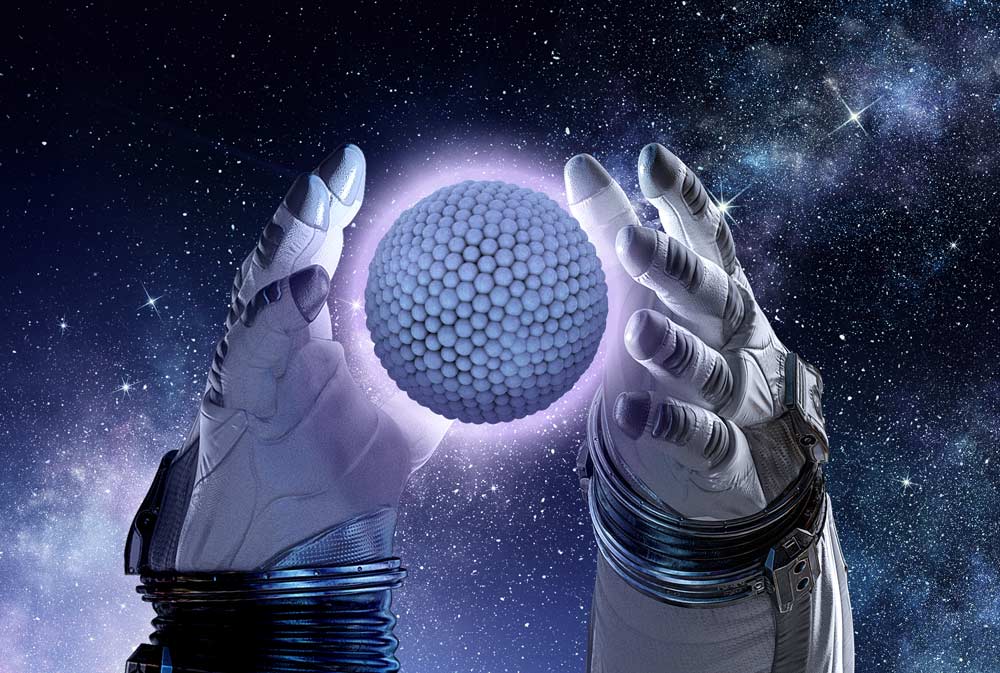Nanotechnology opens new horizons to medicine. The technology has demonstrated its superior effectiveness in many applications: diagnostics, early detection of circulating tumor cells, pathogen detection and separation, stem cell-based regenerative medicine, disease monitoring, therapeutics efficacy reporting, targeted imaging, better identification of tumor structures, and site-specific drug delivery.
The nanomedicine landscape encompasses valuable research and therapeutic tools and devices. Biocompatible nanomaterials can enhance prosthetics adhesion. They have specific therapeutic properties and lead to tissue engineering by directly influencing cellular behavior.
Drug delivery systems based on nanoparticles bring tremendous innovation to the medical landscape. Nanomaterials can target disease sites; they are highly soluble and can interact with molecular and cellular functions. While nanoparticles maximize drug bioavailability, nanorobots ensure drug delivery over a specific period, opening the way to a galaxy of therapeutic outcomes.
100% of Health Care Practitioners in our focus-group survey stated wanting to explore VR content. 70% expressed a strong interest in using VR for Continuous Medical Education (CME), Mechanism of Action (MOA) understanding, drug discovery and delivery, and innovative research breakthroughs. 85% find VR effective for data and drug pipeline visualization.
VR allows for highly empowering user-centric storytelling. Study results show that VR is highly memorable. Its retention rate is almost two times superior to any other medium. The connection with content is long lasting and its educational impact deemed superior. Immersive data visualization is highly relevant to healthcare practitioners, scientists and analysts.
VR experiences can enable rich data mining and improve the understanding of user behaviors, needs and interests. Head Mounted Displays can be enhanced with biodfeedback sensors, eye-gaze trackers, and advanced analytics.
Extraordinary quest. Ambitious adventure. Grandiose discovery. Memorable voyage.
Future-forward. Sophisticated. Visionary. Unprecedented.


While Nanodyssey is an impossible journey in the nanoscopic dimension, natural immersion and sense of real presence are pivotal. To deliver a highly engaging experience, we defined VR design principles and integrated learnings from ethnographic research. The "Place Illusion” principle (Slater 2009) prioritizes natural FOV, congruent sensory modalities, intuitive and naturalistic interactability, and depth cues. I opted for a diegetic approach of UI design that embeds interactive cues into the VR world for consistency and to reinforce immersion.
Another priority was to design an interaction system supportive of seamless self-embodiment in VR. Perception of body ownership in a virtual world does not necessarily rely on having a virtual body (Morignat, Hyperlivings, 2009). Sense of presence is sustained as long as it remains preserved from non-diegetic stimuli, and VR systemic issues (such as low latency and non-congruence of sensory modalities). Supportive of intuitive, naturalistic and seamless interactions in VR, a rich omnidirectional soundscape evocative of naturalistic physical outputs, stimulates the sense of presence through interaction fidelity.
Visualizing motion, while not physically sensing it, can trigger motion sickness. In Nanodyssey, a repertoire of sound and visual cues, congruent with proprioceptive and vestibular signals, helps prevent VR sickness. I opted for two salient qualities: motion predictability and natural feedback. The motion vehicle enables users to control their viewpoints fully and, most importantly, their motion within the VR environment. As a result, the vehicle design maximizes proprioception and optical flow congruence.
To avoid conflict between visual and vestibular cues, I opted for tactics matching Nanodyssey’s diegesis. The cockpit of the nanovessel operates as a rest frame during rotative motions. Teleportation is available to the Nanonaut upon activation of a destination on the map, and finally, galactic space creates darker backgrounds that reduce flickering otherwise conducive to VR sickness.